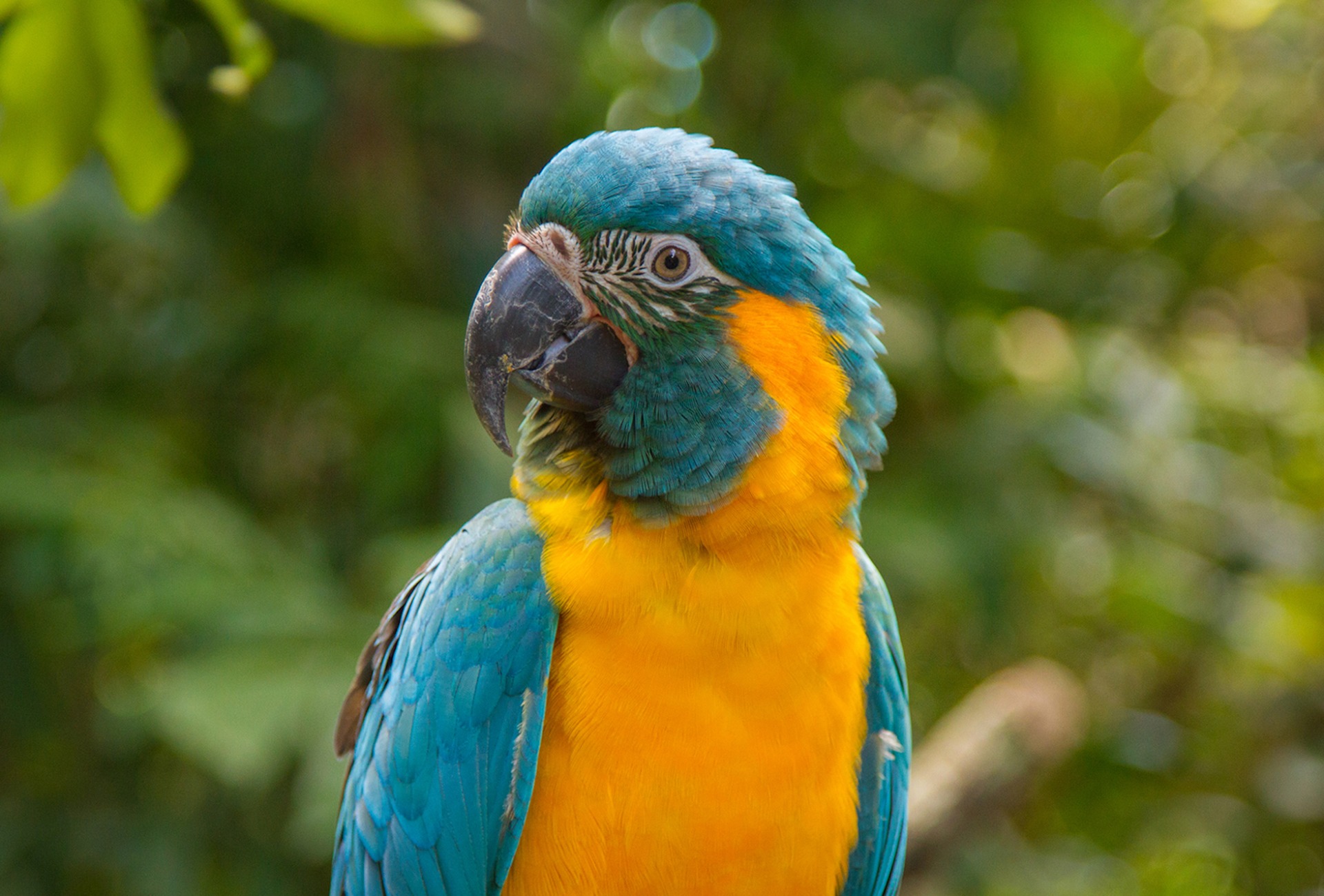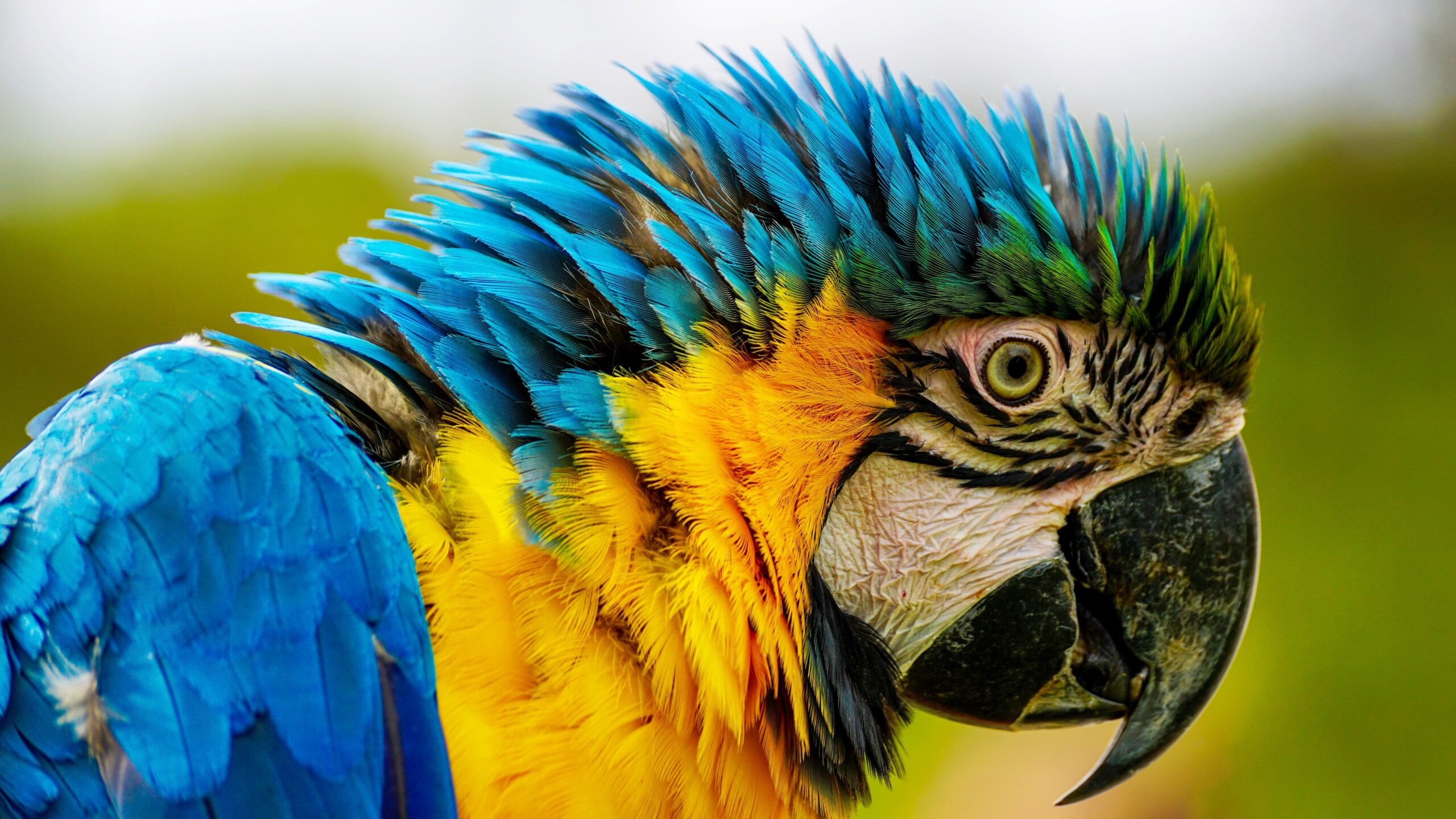The Blue-throated Macaw is a critically endangered parrot species found in Bolivia. It is known for its striking blue feathers and unique vocalizations, but is also one of the most endangered macaw species in the world, with fewer than 500 individuals remaining in the wild. The main threats to the Blue-throated Macaw are habitat loss and the illegal pet trade, making conservation efforts crucial for its survival.
One of the main initiatives to protect the Blue-throated Macaw is the creation of protected areas, such as the Barba Azul Nature Reserve. This reserve provides vital habitat for the macaws, as well as for other threatened species such as the Giant Anteater and the Jaguar. In addition, the reserve employs local people as park rangers, providing them with alternative livelihoods that benefit both people and wildlife.

Another important aspect of Blue-throated Macaw conservation is addressing the illegal pet trade. This involves working with law enforcement agencies to crack down on poaching and trafficking, as well as educating people about the negative impacts of the pet trade on macaw populations. In addition, captive breeding programs have been established to breed and release Blue-throated Macaws back into the wild, helping to increase their population and genetic diversity.

Research is also critical for the protection of the Blue-throated Macaw. Scientists are studying the birds’ behavior, ecology, and genetics to better understand their needs and how to protect their habitat. This research is also helping to inform conservation strategies and management practices for Blue-throated Macaw populations.

In addition, outreach and education efforts are helping to raise awareness about the importance of Blue-throated Macaw conservation. Local communities, as well as national and international organizations, are working together to promote sustainable land use practices and to involve local people in conservation efforts.
In conclusion, the Blue-throated Macaw is a critically endangered parrot species in need of urgent conservation efforts. Protecting these birds requires a collaborative effort involving governments, conservation organizations, and local communities. By working together, we can ensure that this beautiful and unique bird continues to grace the skies of Bolivia and inspire us for generations to come.









